Gardening Q&A
-
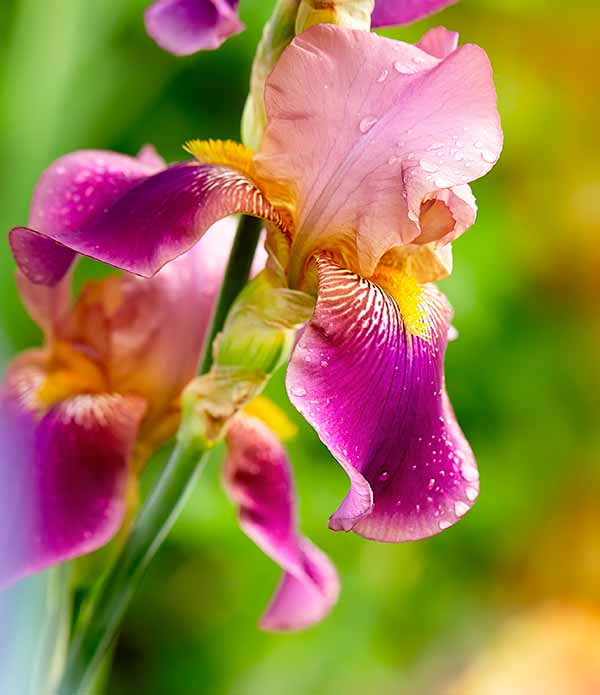
A friend gave me a bag of iris rhizomes last summer, and I forgot to plant them. I just found the bag, and the rhizomes look shriveled and dried up. Do I have to toss them out?
Amazingly, you do not. They may look desiccated and dead, but there is still plenty of life left in them. Get them in the ground and get them watered. You probably won't have any blooms this year, but by next year, those rhizomes will never remember they were neglected for months.
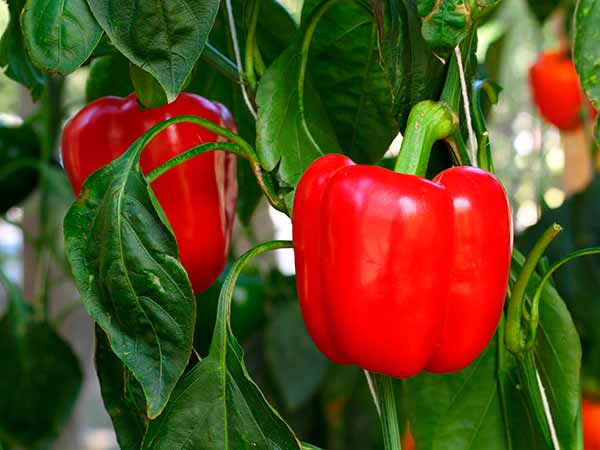
I've never planted a vegetable garden, but the house I just bought has a raised-bed vegetable garden. What can I plant?
Lucky you! Sounds like you are off to a good start. Most beginning vegetable gardeners plant everything and are usually successful. Really, the key is to plant what you like and what you will eat. Also, don't plant the whole garden at once. Get the tomatoes, squash, cucumbers and peppers in now, then visit the nursery again to see what new veggies and herbs they have to offer. Leave room for planting cauliflower and broccoli in August, garlic in October, and greens in the fall and spring. Your garden can become a never-ending source of fresh vegetables and herbs. Don't be afraid to try anything. I've always said you learn as much from failure as from success. Another tip: When you take a crop out, add compost before putting the next one in.
-
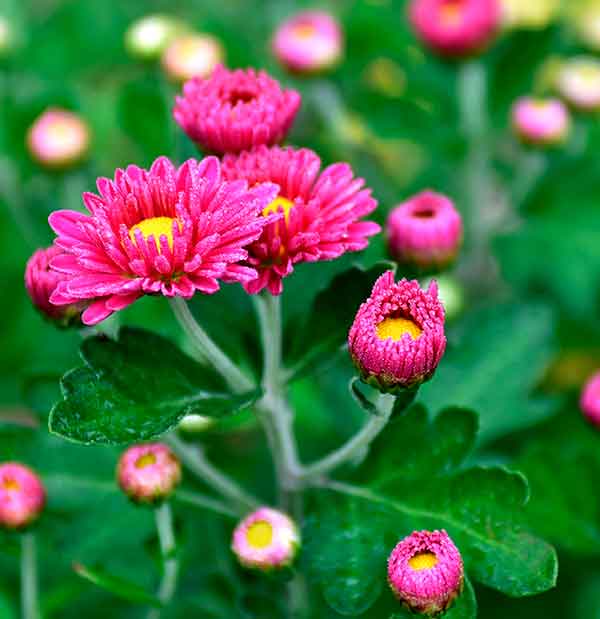
When shopping at the nursery, I am drawn to the plants in bloom, but they never seem to last long once I bring them home. What am I doing wrong?
You aren't doing anything wrong. Flowers last a certain time, and then they fade. My advice would be to admire those plants in bloom, but select ones that are just starting to produce flowering stalks—ones that aren't quite open, but have lots of buds ready to burst. This way, they will bloom for you and not for customers at the nursery.
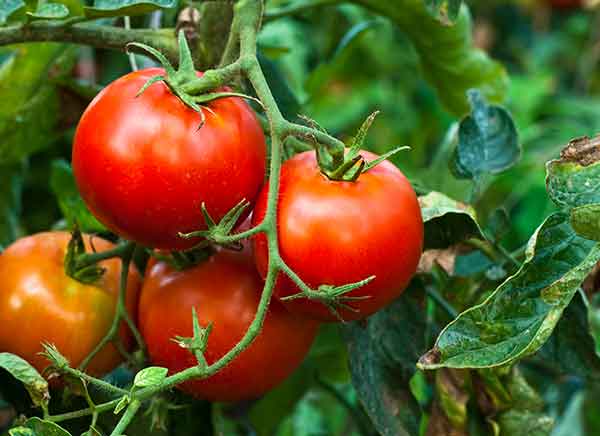
The plant tag on my tomato plant says "determinate." I've never seen this before. What does it mean?
Tomatoes come two ways: determinate and indeterminate. Those terms refer to their growth habits. You need to know which types you have because one of them requires a much stronger, taller, bigger support system.
Determinate types have a short main stem, grow fairly compactly, grow to a certain size and stop. They are generally short and close to the ground. They bloom and then bear fruit in one big flush, and that's it. They're finished for the season.
Indeterminate types keep growing and blooming and producing fruit the entire season. They are the ones that need tall, stout tomato cages. They typically produce more fruit than determinate types.
-
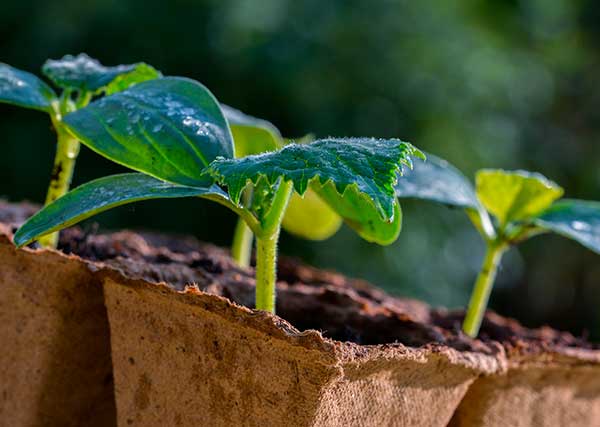
I'm trying to get a jumpstart on the season and get lots of seeds planted. I have two problems. First, some of the seedlings look like they rot away at the base of the stem and just fall over. Second, the roots come out of the peat pots I am using, but if I don't keep the pots wet all the time, the peat gets hard and the roots sticking out die.
The first problem you are having is called "damping off." It is sort of a crime of opportunity. The conditions have to be just right for it to occur. It's most prevalent early in the seed-starting season when temperatures are cool and there is a lot of moisture. Some plants are especially vulnerable. Basil is one of them. Simply start those seeds a little later and the problem should right itself. If you really need to start early, make sure there is plenty of air circulation around the seedlings. A fan on low speed will help. As a bonus, the air blowing across the seedlings also makes them stronger.
Second, you've discovered the greatest weakness of peat pots: They work better in theory than in reality. The pots have to be kept damp, and often that is too damp for what you are trying to grow. I prefer plastic pots. A really economical solution is one of those gadgets that makes pots out of newspaper. They are surprisingly easy to handle and because the paper tears easily, the roots that come outside the pots don't get strangled like they do when the peat pots dry out.
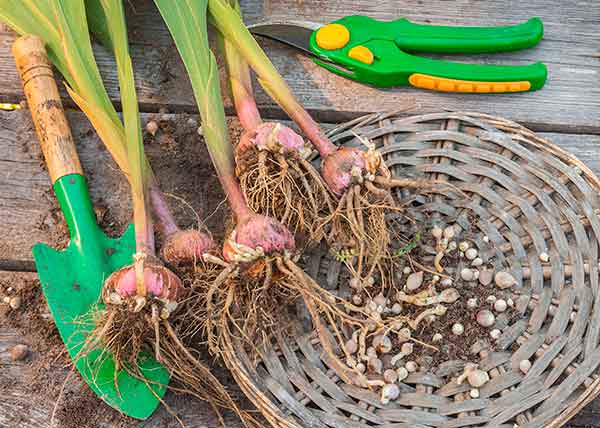
I planted gladiolus bulbs last year. They bloomed beautifully. This year, the bulbs are beginning to sprout, but there are also dozens of tiny-looking gladiolus plants coming up. What happened?
Those are baby gladiolus bulbs. Gladiolus bulbs are actually called corms, and the young ones are called cormels. One glad corm can produce six or eight cormels each season. It takes two or three years for the cormels to get big enough to bloom. In the meantime, they can make a mess in the flowerbed if you don't want them. They are easily pulled up early in the season.

